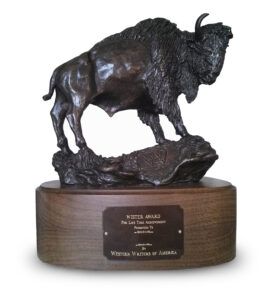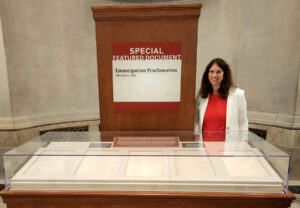HISTORY AS HOT NEWS
HISTORY AS HOT NEWS, edited by Leonard de Vries, is a history of Victorian England told through the artists andreporters of the Illustrated London News. Readers unfamiliar with this 19th century publication or its contemporaries willdiscover to their delight that the stoic, detached objectivity that has become a standard of 20th century news reporting had notyet dampened journalists’ enthusiasm when Herbert Ingram founded the ‘ILN’ in 1842. As a result, Ingram’s paper containedsome of the most ebullient and dramatic accounts of ‘the Most Interesting Events of the Day’ you will ever come across.
This is not history that has been sifted and analyzed by scholars, rather it is the record of what the people of the day, withoutthe benefit of hindsight, thought of wars, disasters, and social events that were going on all around them.
An important fragment of this history is the story of the newspaper itself, which the book explores in its introduction. At thetime Ingram launched the Illustrated London News, sketches were not common features in newspapers. Ingram astutelynoticed, however, that whenever the existing journals of his day included sketches, their sales blossomed. Raising capitalthrough the success of his primary business–he sold a medicine called Parr’s Life Pills–he began publishing the world’s firstillustrated newspaper, promising 30 engravings in every number.
The Illustrated London News proved even more popular than Parr’s Life Pills, and its success created one of the mostcomplete records of Victorian life in England, as well as of Victorian attitudes toward events transpiring in Europe andAmerica.
What great fun to look back from a late 20th century perspective and see how the Victorians foresaw their future. An articleheaded ‘Submarine Railway between France and England’ begins: ‘M. Horan has just appeared. . . with what he allows to be abold plan: his project consists of crossing the English Channel, 21 miles in extent, by mean of a tube, or tubular tunnel, made of strong plate iron, placed at the bottom of the sea, containing the two lines for the trains.’
A second correspondent offered less accurate prognostications about the outcome of a civil war that appeared imminent in theUnited States: ‘Everything tends to point to a struggle of the most energetic and unyielding description when once it has actually begun. Notwithstanding some inequalities of strength, we know enough of the spirit of all Americans, when their blood is upand their impulsive feelings thoroughly enlisted in a cause, to be sure that conquest, in the strict sense of the term, of theseceding States is just an impossibility. ‘
Equally enjoyable are reports on the people making news both at home and abroad: Charles Dickens receiving praise for hisskill in reading from his novels before audiences in 1858; and Florence Nightingale tending wounded soldiers at Scutari,including an ‘accurate’ engraving of the Lady with the Lamp. (‘Although the public has been presented with severalportrait-sketches of the lady who has so generously left this country to attend to the sufferings of the sick and wounded atConstantinople, we have the assurance that these pictures are “singularly and painfully unlike.” ‘)
These and hundreds of similar accounts vouch for the success of Ingram’s mission to ‘keep continually before the eye of theworld a living and moving panorama of all its activities and influences.’
History as Hot News: The World of the Early Victorians through the Eyes of the Illustrated London News 1842-1865,distributed in the United States by Trafalgar Square, North Pomfret, Vermont 05053. $29.95 paperback. 1996.
Bruce Heydt




